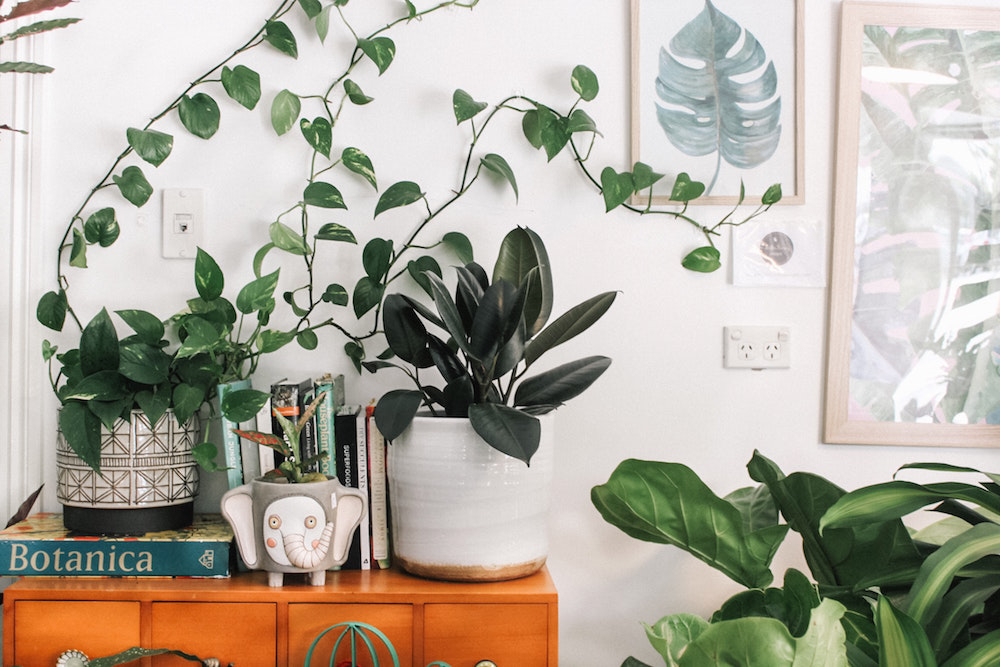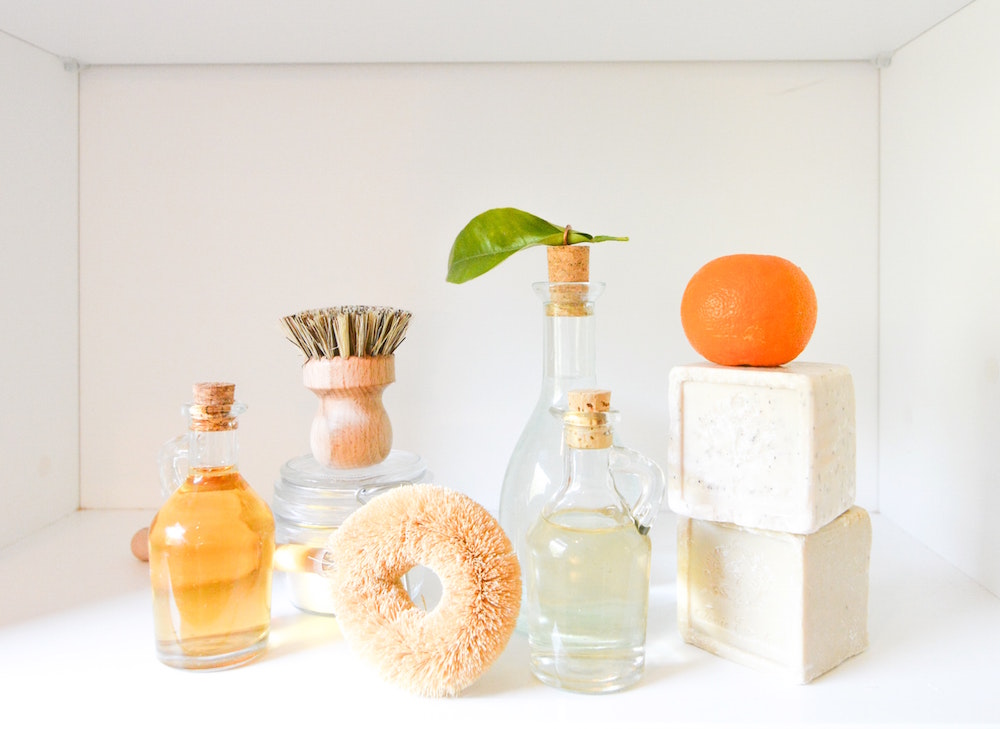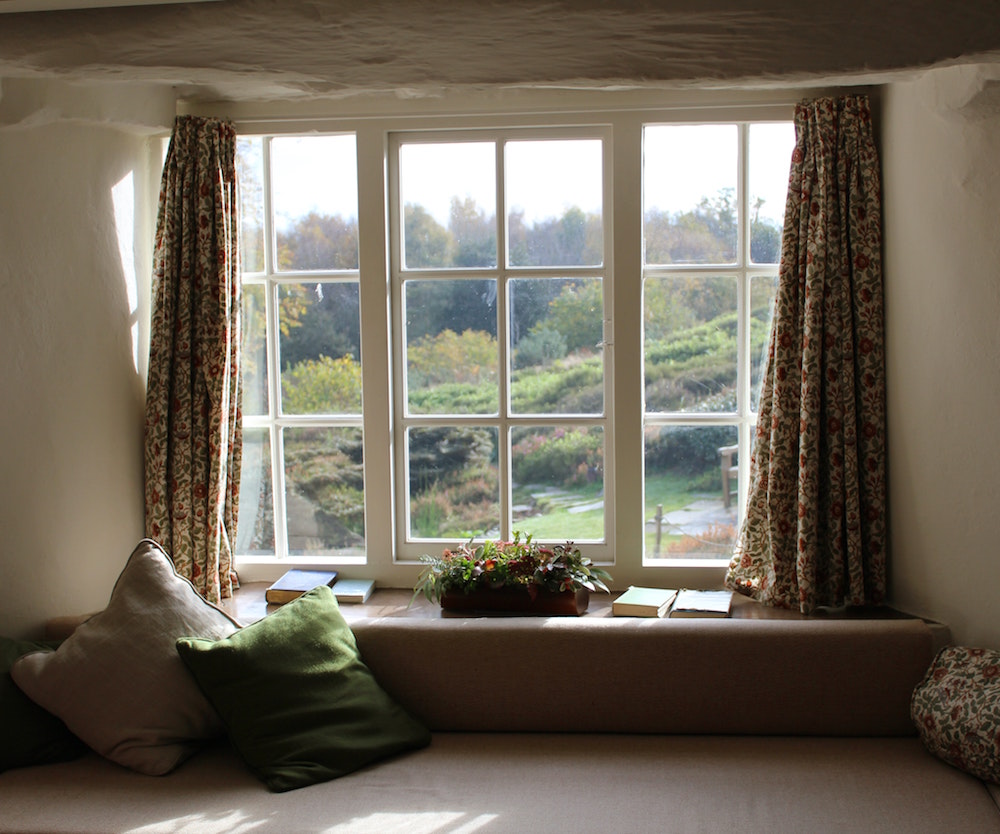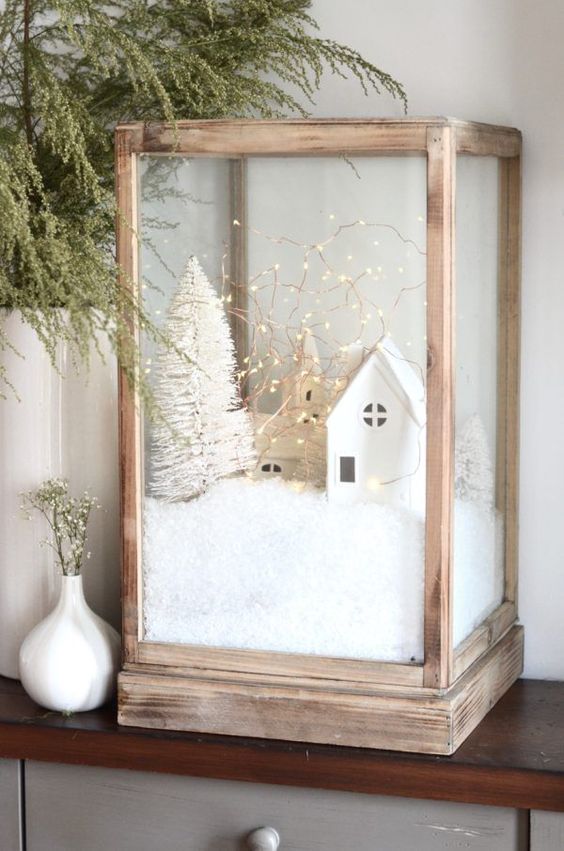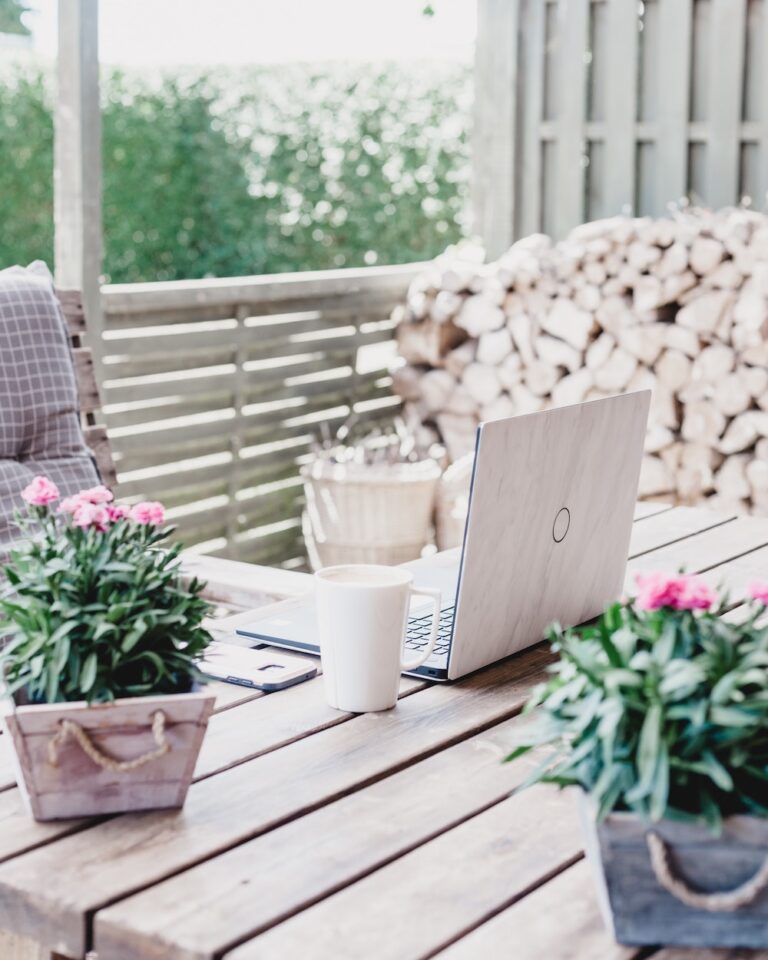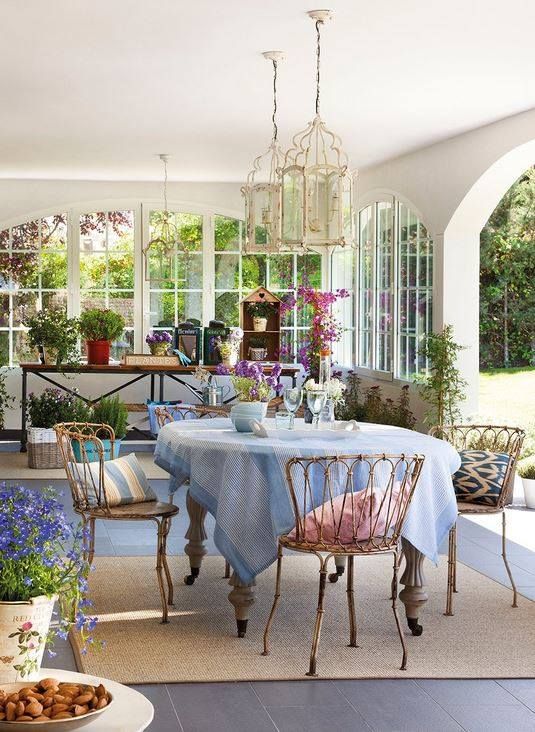How to Make Your Living Space More Sustainable
It is shocking to see how much our planet is suffering from the environmental impacts of human consumption. Our disregard for environmental health and safety has caused major issues, such as climate change, with disastrous effects on the entire planet. Fortunately, people are becoming more aware of how each one of us has an ecological footprint that they can reduce to help improve the environment. Some may think that their actions and lifestyle choices will not make that much of a difference, but in reality, every single change, no matter how small, counts. Making your living space more sustainable is a great first step that can go a long way in helping the environment. Here’s how you can make it happen.
-
Plant a Garden
Let’s start with the outer part of your living space. It’s never a bad idea to plant a garden in your yard or even an indoor one in your balcony. Planting fruits and vegetables is not only good for the environment, but it will also save you a lot of money. Even planting flowers or herbs only can make a huge difference in the look and feel of your home. If an outdoor garden isn’t an option, there are many ways to build a small indoor one. It will allow you to make another contribution to the environment by composting. You can use your leftovers to make highly nutritious fertilizers for your plants; all you need is a compost bin to keep the kitchen from smelling. Sustainable landscaping also means fewer toxins in the air, which eliminates the need for dehumidifying your indoor air.
-
Save Energy
Saving energy is the first step toward having a more sustainable living space. There are plenty of ways to reduce your carbon footprint at home. You can install solar panels to use the natural rays of the sun for electricity, and you can redesign your home in a way that allows natural light to enter. That way, you will depend less on electricity and minimize your power consumption. You should also replace your old light bulbs with LED bulbs or other types of energy-efficient bulbs that last longer and use less energy. There’s also the obvious tip of never leaving any electronic devices running for long periods, so make sure you turn everything you’re not using off.
-
Make Better Choices
When it comes to buying products for your living space, you should strive to make more sustainable purchases. You can buy zero-waste kitchen and bathroom products t by avoiding anything that is wrapped in plastic or labeled as “ single-use” only. You probably know about how cleaning products, for example, have a bad effect on the environment, so opt for eco-friendly alternatives or make your own homemade cleaning supplies using things like lemon juice, vinegar, or baking soda to clean various surfaces. You can make smart purchases when it comes to furniture by buying used pieces instead of new ones, or recycle your old furniture and use your DIY skills to create new items.
-
Repair, Reuse, and Recycle
With today’s consumerist culture, it is the easiest thing to simply throw away anything that doesn’t work and replace it with a new one. However, fixing broken or malfunctioning items and devices is a more sustainable approach, and it is quite easy as well, thanks to the numerous hacks and DIY tutorials you can find online. If you have something unfixable, you can make use of it by reusing its parts or re-purposing it instead of just throwing it away. Recycling, as environmentally-friendly as it is, should be the last resort, but it is still a better solution than throwing your old items away.
-
Opt for Sustainable Heating
Heating systems are one of the most energy-consuming appliances in any living space. Installing a smart meter can save both the environment and your bank account l by recording your power consumption habits, allowing you to better manage and reduce your energy usages. Make sure you double-check your home insulation. Proper insulation helps keep the heat inside, thereby reducing the need for constant reheating. Underfloor heating is another eco-friendly way to reduce your energy bill and consumption. Using energy-efficient windows can also help keep the heat inside during the winter. On the other hand, if you’re looking to keep the heat out, consider planting a tree that provides shade, or you can replace your blinds with heavy curtains.
At the end of the day, choosing to live more sustainably is an ongoing process; you must never stop learning new, eco-friendly ways of living and discovering green products. It also doesn’t happen overnight; adopting a zero-waste lifestyle starts with small changes, so change one thing at a time until you’re living in a completely sustainable space. Just make sure to do your research on alternative energy sources and products that can help you on your journey. Remember that any small change counts, so start doing your part in maintaining the planet we call home today!


